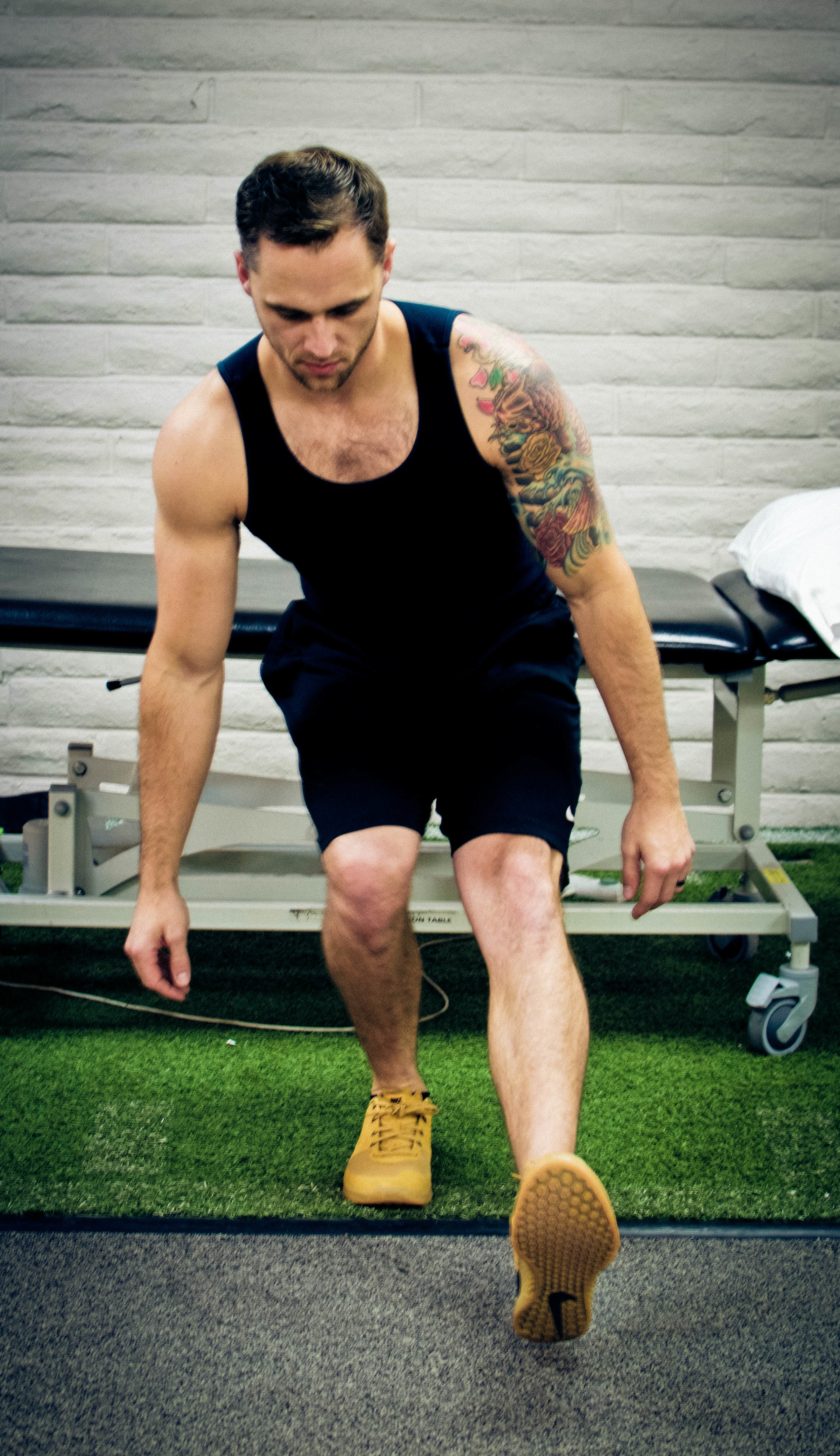Hip impingement or Femoroacetabular Impingement is a common condition among athletes caused by abnormal contact within the hip joint. Contributing factors include structural changes in the ball (Cam lesion) and/or socket (Pincer lesion), as well as, weakness in the hip musculature. The powerful glut muscles act as both movers and stabilizers of the hip joint. Many athletes with hip impingement remain asymptomatic if they maintain adequate glut strength and hip stability. Conversely, hip impingement symptoms often worsen in the presence of glut weakness due decreased joint control and increased joint contact forces.
A recent study in the Journal of Orthopedic and Sports Physical Therapy examined the biomechanical differences between patients with hip impingement (N=20) and their healthy peers (Lewis, C. et al. 2018). Authors assessed biomechanical differences during a commonly used step down test. Consistent with our Boulder Physical Therapy clinic’s findings, patients with hip impingement demonstrated greater hip flexion and anterior pelvic tilt compared to their asymptomatic peers. In addition, authors found decreased performance among females compared to male participants. This study highlights the importance of regaining both glut strength and functional stability to restore function in patients with hip impingement.
Click Here to schedule your first appointment with the experts at MEND

